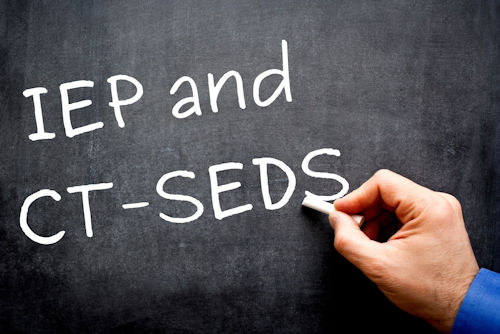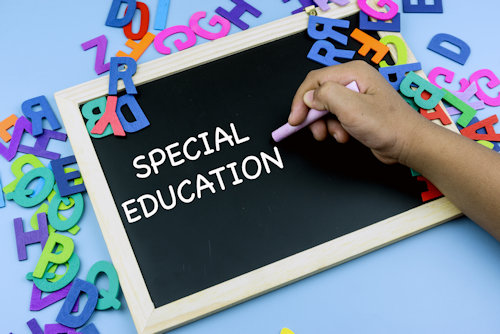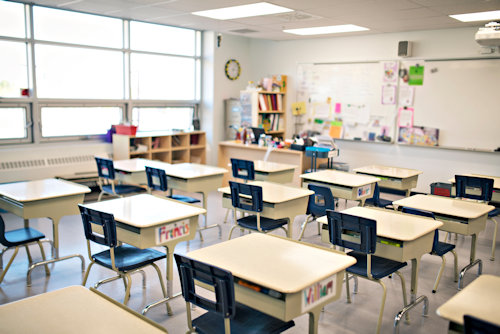Details of IEP Goals and Objectives
Planning and Placement Teams (PPTs) meet annually to design the goals and objectives for the student’s IEP. The team will use the information in the student’s Present Levels of Academic Achievement and Functional Performance to design goals and objectives that are expected to be mastered in one year. Effective IEP goals are strengths-based, aligned with grade-level standards and “SMART,” meaning: Specific, Measurable, Attainable, and Time-Bound
ACADEMIC, PRE-ACADEMIC, COGNITIVE ACHIEVEMENT
Parent and/or Student Input
GOAL AREA: (E.g., Reading)
Present Level of Performance
Strengths
Concerns/Needs
Impact of student’s disability on involvement and progress in the general education curriculum or appropriate preschool activities

IEP goals must be aligned with grade-level standards. Standards are the basic framework of the general education curriculum, providing criteria for accountability. Special education services are meant to help students with disabilities access and benefit from the general education curriculum and aligning IEPs with the standards plays a key role in doing that. Planning and Placement Teams should hold high expectations for students with disabilities, creating IEP goals that are ambitious but achievable. Even students with a high achievement gap (performing significantly below grade level) can have appropriate IEP goals linked to the standards, with objectives that scaffold the skills the student needs to continually progress towards the standard.
The new IEP form in the CT Special Education Data System (CT-SEDS):
- Requires explicit goal connection to core standards for Reading/Writing, Math and Early Learning development
- Prompts the user to select the standards that the IEP goal will be linked to, and if appropriate, more than one standard may be selected
- Provides a template to help the user write a goal statement that describes the conditions, measurable/observable skill, or behavior in functional terms, and to what extent or level of mastery
- Requires the user to select the evaluation method of the goal
- Requires the user to list the progress monitoring schedule after listing the objectives
- Lists any related service that supports a specific goal with the goal, in addition to the service grid
- Provides a space to add additional assessment data that is not listed in the present levels section that is relevant to the IEP goal
The IEP form in CT-SEDS is designed to help educators write high-quality IEP goals
that are specific and measurable, linked to core standards, and have clear evaluation
methods and progress monitoring schedules.
»
Basics of Goals and Objectives PDF
»
Comprehensive Information on Goals and Objectives PDF
»
Documento en espanol viene pronto












